May 18, 2025 | 11:35 GMT +7
May 18, 2025 | 11:35 GMT +7
Hotline: 0913.378.918
May 18, 2025 | 11:35 GMT +7
Hotline: 0913.378.918
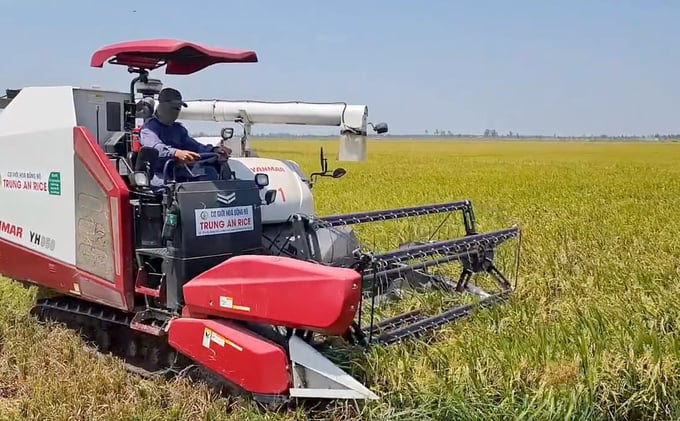
Harvesting rice in the Mekong Delta. Photo: Thanh Son.
Rice is an essential commodity that ensures food security for the Philippines. Although rice production is high, the annual output does not meet consumer demand, so the Philippines has to import rice from many countries.
Every year, depending on farming conditions, the Philippines' domestic production reaches about 19 to 20 million tons of rice, equivalent to over 12.5 million tons. Meanwhile, the annual rice consumption demand is about 14.5 million tons, and the minimum reserve to ensure enough food for 30 days is over 1 million tons. The Philippines' total annual demand is about 15.5 million tons of rice, so the Philippines has to import from 2.5 million to 3.5 million tons of rice every year.
Even this year, according to forecasts from the US Department of Agriculture, the amount of rice imported by the Philippines may be 4 million tons because domestic output is expected to decrease by 325 thousand tons to 12.125 million tons. Thus, the Philippines will remain the world's largest rice importer this year.
Vietnam has been the Philippines' traditional and largest rice supplier for many years. Mr. Phung Van Thanh, Vietnam Trade Counselor in the Philippines, said that in the past, when the Philippines bought rice according to the Government to Government Procurement Approach (G2G), Vietnam competed with Thailand, the two export largest rice exporters to the Philippines.
However, since 2019, when the Philippines issued and implemented a law allowing free import, export, and trade of rice, removing quotas and import restrictions, Vietnam has surpassed Thailand to become the leading rice supplier, occupying the number 1 position in rice export to the Philippine market. In 2022, Vietnamese rice accounted for 85% of the Philippines' imports. In 2023, the amount of Vietnamese rice imported into the Philippines decreased, and its market share also decreased, but it still accounted for over 80% of the country's total rice imports.
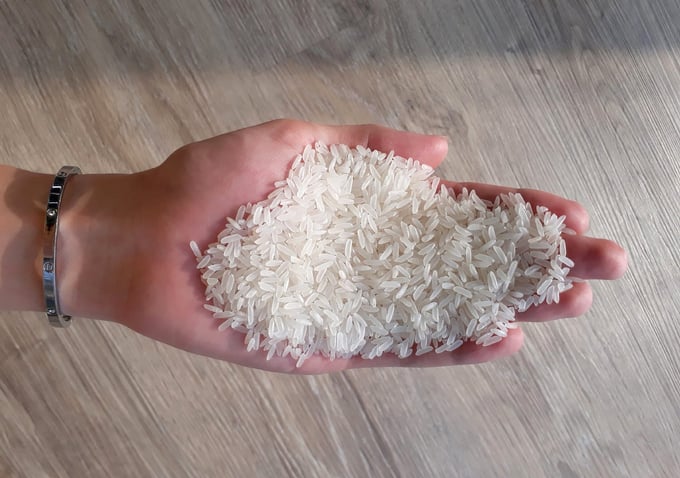
Vietnamese rice accounts for the largest proportion of the Philippines' total rice imports. Photo: Thanh Son.
For many years, the Philippines has been the largest Vietnamese rice market. According to the General Department of Customs, in 2023, Vietnam exported 3.13 million tons to the Philippines, worth USD 1.75 billion, accounting for 38.6% of the total volume and 37.5% of Vietnam's total rice export turnover.
In general, rice is the largest export product, far exceeding in turnover compared to following products such as clinker and cement (reaching USD 358.3 million); machinery, equipment, tools, and spare parts (USD 352 million); transport vehicles and spare parts (USD 221 million); computers, electronic products and components (USD 193.7 million); seafood (USD 133.8 million); coffee (USD 152.8 million); textiles (USD 125.9 million); iron and steel of all kinds (USD 111.4 million); all sorts of phones (USD 153.2 million)...
However, geopolitical fluctuations and instability in the world, as well as policy changes of some significant rice-producing countries in the world, typically India's ban on rice exports, are making the Philippine government pay more attention to the issue of ensuring food security. This includes diversifying rice supplies.
Specifically, recognizing the significant dependence on rice supplies from Vietnam, the Philippine Government has been looking for ways to reduce this dependence by diversifying supply sources and looking for new potential rice suppliers in recent years that they previously thought had no advantages.
The Philippines' rice import data in the first months of this year clearly shows this. The Vietnam Trade Office in the Philippines said that according to statistics from the Department of Plant Affairs (Philippine Ministry of Agriculture), from January 1 to March 14, 2024, the total amount of rice imported by the Philippines was 887 thousand tons. , about 10.6% higher than the country's total rice imports in the first quarter of 2023.
Vietnam is still the largest supply source for the Philippines from January 1 to March 14, 2024, with 494 thousand tons. However, the proportion of Vietnamese rice has decreased sharply, down to 55.7%.
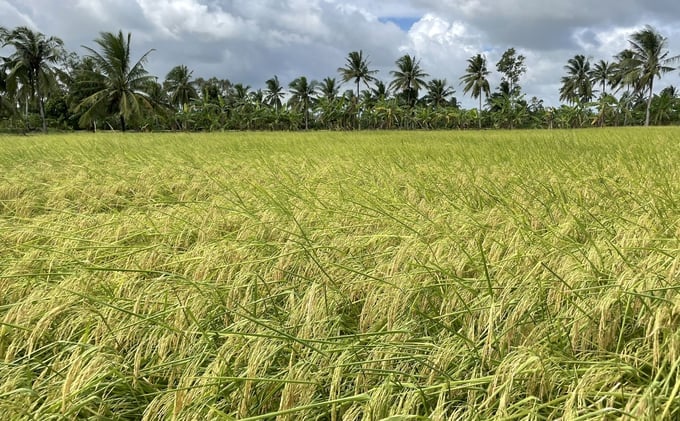
A rice field in the Mekong Delta. Photo: Thanh Son.
Meanwhile, rice from many other markets increased sharply in proportion. Rice imported from Thailand is 231 thousand tons, accounting for 26%; Rice imported from Pakistan is 110 thousand tons, 12.4%. In addition, the Philippines also imported rice from Myanmar with an amount of 49 thousand tons, from Cambodia more than 1.6 thousand tons, from Japan more than 1.8 thousand tons, from India 236 tons, and from Italy nearly 7 tons.
The sharp decrease in Vietnamese rice's market share in Philippine rice imports is because Vietnam's commercial rice supply was not abundant at the beginning of this year. After all, last year, it exported a record amount of over 8.1 million tons of rice. However, the Philippines is also making efforts to diversify its supply sources.
Mr. Phung Van Thanh said that the Philippines' initial success in diversifying rice supplies makes Vietnamese rice more competitive in this market.
Faced with that situation, to maintain the number 1 position in the Philippine market, according to Mr. Phung Van Thanh, Vietnamese rice export enterprises must have good preparation and competitive strategies. First is image reputation, which maintains relationships with long-time traditional customers and partners and expands the search for new partners and importers. Also, the Ministry of Industry and Trade and the Vietnam Trade Office in the Philippines need to coordinate and implement programs to introduce and promote Vietnamese products and commodities, including rice.
Translated by Tuan Huy
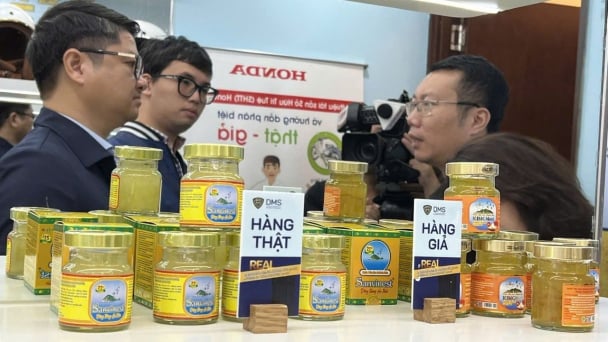
(VAN) In the face of counterfeit and imitation products, Khanh Hoa Salanganes Nest Company hopes for the prompt completion of the legal framework, strict enforcement against violations, and protection of the bird’s nest brand.
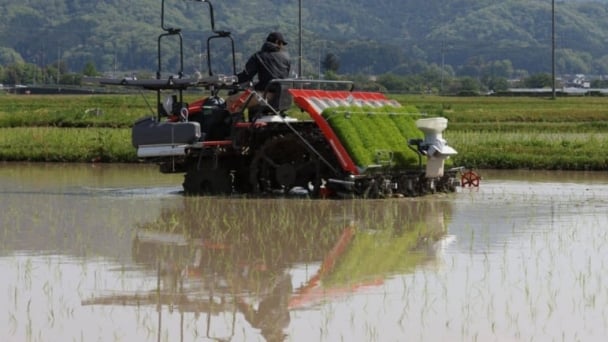
(VAN) Japan's efforts to lower the price of rice through the release of its stockpile may finally be making some progress, albeit at a snail's pace.
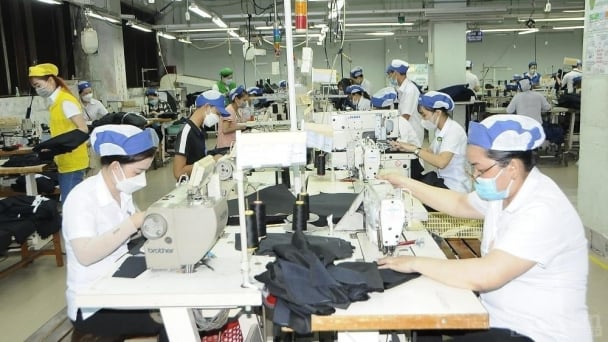
(VAN) U.S. tariffs are not only a 'shock', but also an opportunity for Vietnamese businesses to renew their mindset toward comprehensive development.

(VAN) As Bac Giang lychee enters the harvest season, Minister Do Duc Duy expects that the fruit will contribute greatly to agricultural exports due to standardized production and deep processing.
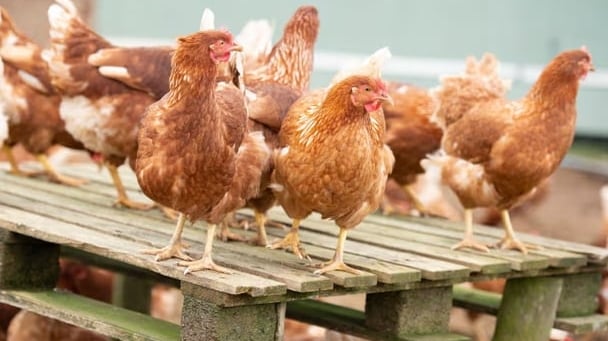
(VAN) Consumers have shown a preference for free-range eggs, but those farming systems are more vulnerable to biosecurity risks like bird flu.
/2025/05/09/5701-1-184335_301.jpg)
(VAN) Vietnam’s eel exports nearly doubled thanks to a mud-free farming model, opening up new prospects while still facing numerous barriers related to international standards.
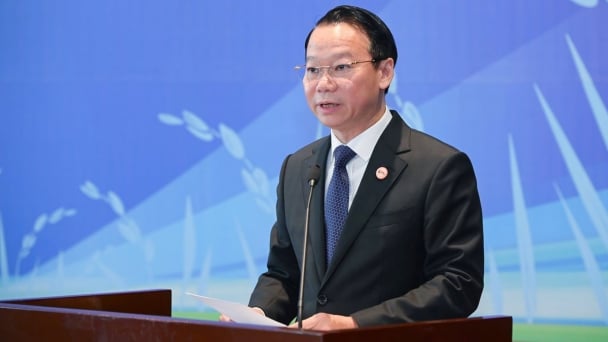
(VAN) Minister Do Duc Duy warned that if production is not professionalized and supply chains are not transparent, the U.S. market could become a growth bottleneck.